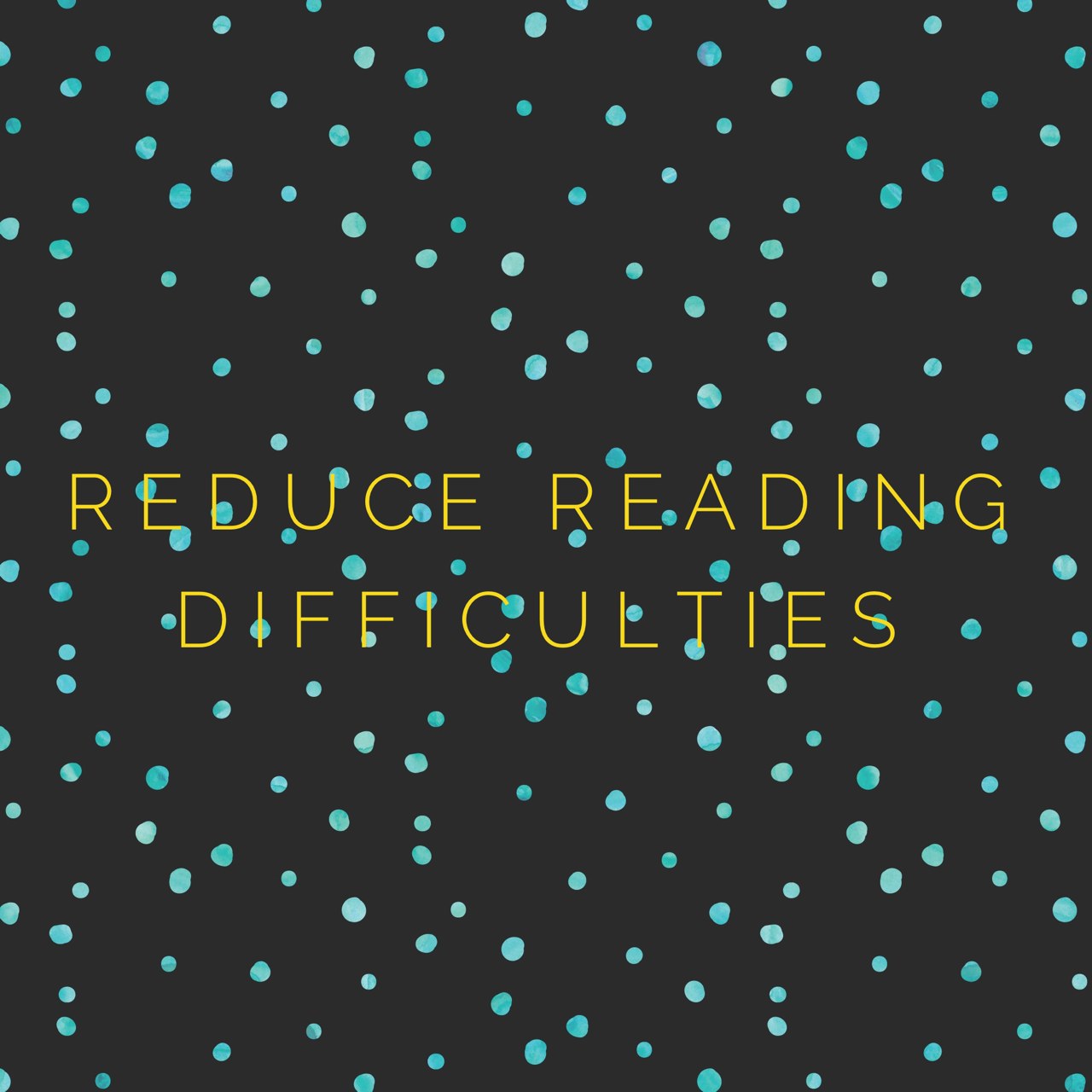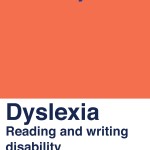
Dyslexia part II: Help to reduce reading difficulties
June 21, 2017
While learning to read seems effortless for many children, for some it can be challenging. As children are assessed mid-year, alarm bells can start to ring for those children who have not shown appropriate literacy growth.
The following inclusive strategies, will assist early readers and help reduce the impact of dyslexia on those who have yet to be identified or formally diagnosed with this condition.
Inclusive strategies for reading
- Make sure everyone has access to teachers reading aloud and to audio/talking books. Promote reader engagement with print and the rhythm and patterns of language in stories and written texts. Listening to talking books and teachers reading big books while pointing to print, getting the class to say the missing rhyming word in texts (e.g. ‘rain/drain’), and similar activities all promote opportunities to build word knowledge, vocabulary development and letter/sound relationships. It is also fun!
- Teach letter names, how to write each lower-case letter, and their common associated sounds with rapid recall. Learning to form letters correctly provides opportunities for teachers and children to talk about letters and their common associated sounds. Use a variety of multi-sensory strategies, including drawings, mnemonics and other meaningful strategies to help build recognition and recall skills. Help individual children to link letters to words that have meaning for them. Memory games such as Concentration and flash cards can help build recognition and rapid recall.
- Build attentive listening skills to identify syllables in words by clapping.
- Tune children in to rhyming words. For example, have the class and individuals join in and say the last rhyming word in every second line in a text such as, The Little Yellow Digger (2009) by Betty & Alan Gilderdale, Scholastic Australia. Saying rhyming words in texts and continuing to learn nursey rhymes also provide meaningful contexts.
- Use the Language Experience Approach (LEA). The LEA (popular in the 1970s and 1980s), could be considered a precursor to speech-to-text and text-to-speech:
‘What I do I can say…
What I say can be written down …
What is written down can be read.’
- Use Speech-to-text and text-to-speech software. Speech-to-text software takes what the individual says and turns it into written words on a computer, smart phone or tablet device. Alternatively, text-to-speech software turns written words into audio. For students who struggle to read, write, and comprehend text, such assistive software can be liberating.
- Learn to blend (synthetic phonics). Sounding words such as ‘c-at’ builds a base for ‘b- at’, ‘f-at’, ‘h-at’ and so on. Similar to hearing syllables in words, blending reduces the load on Working Memory, and is a fundamental skill for decoding (for reading) and encoding (for writing and spelling) words.
- Implement evidence-based programs such as MiniLit, an early school-based literacy program with up to four students per group. It is specifically aimed at struggling Year 1 readers, but may be appropriate for ‘at risk’ Kindergarten/Foundation students, and some struggling Year 2 students.
- Get to know and use other assistive technologies and apps designed to assist students with learning difficulties.
Murray Evely, Psych4Schools Psychologist
Further strategies to help reduce the impact of dyslexia
Do you want to know more about practical strategies to help reduce the impact of dyslexia for children who have yet to be identified and for those who have been identified with this condition? Read an excerpt from the Psych4Schools ebooklet Working with children with dyslexia or purchase a copy. Members can access the complete ebooklet free in the Members Area.
Professional learning for Victorian teachers in the Middle Years
Murray Evely and Dr. Debra Edwards are presenting seminars and a Videoconference/Webinar at the Australian Centre for the Moving Image (ACMI), Studio 1 in August and September 2017, titled Additional Needs & Literacy: Catering for the Needs of Diverse Middle Years Learners. Register through the VATE website.